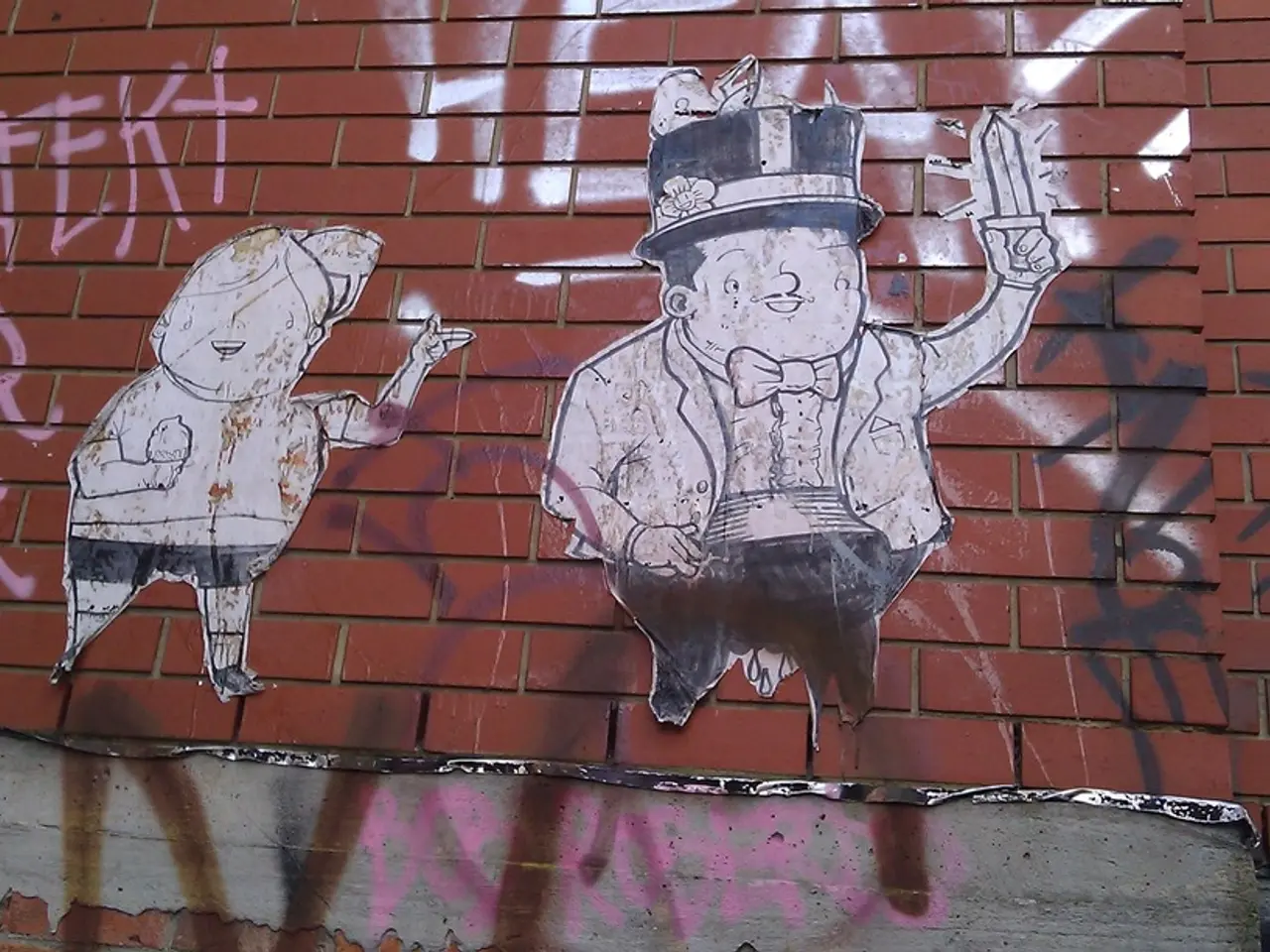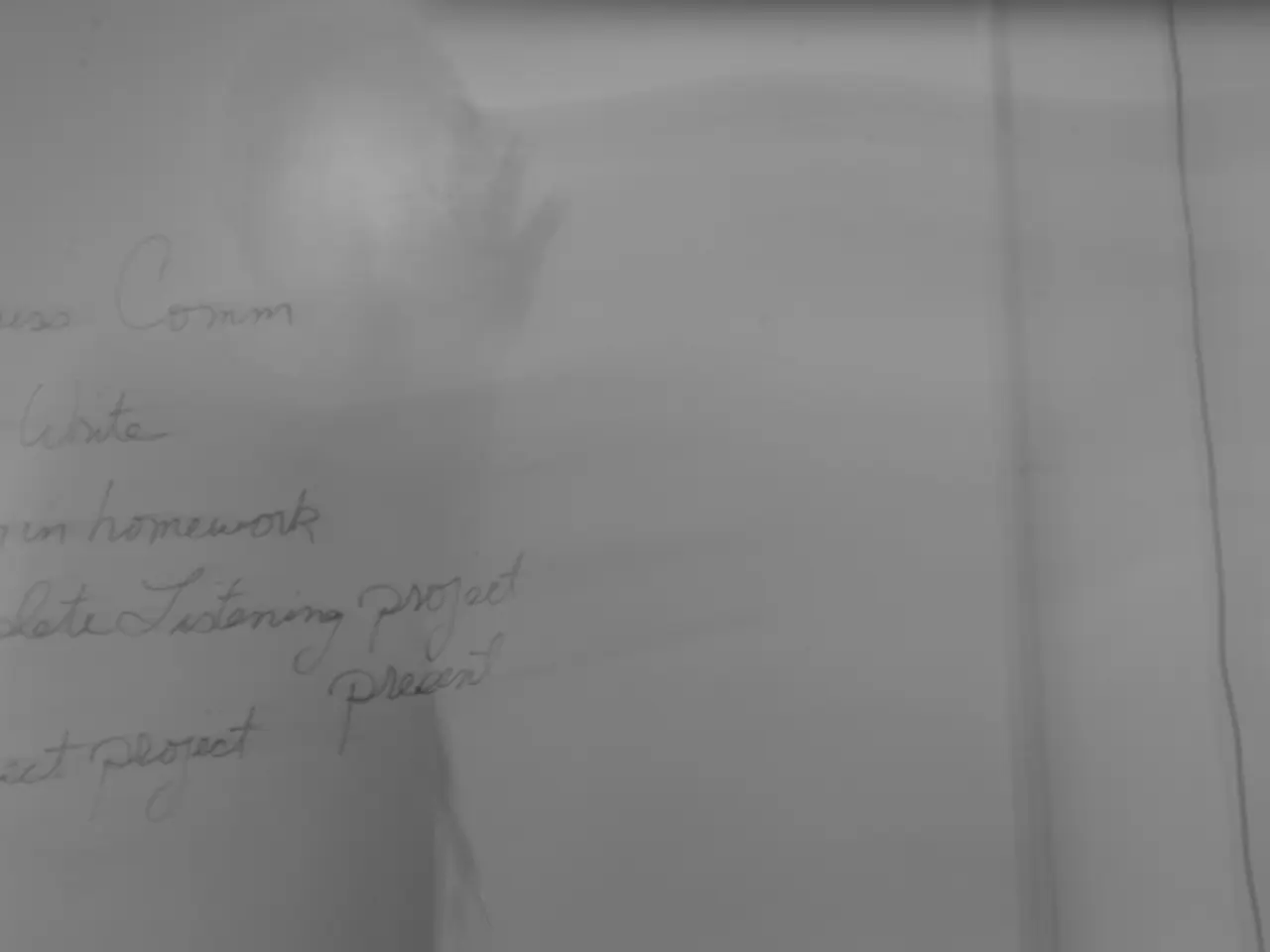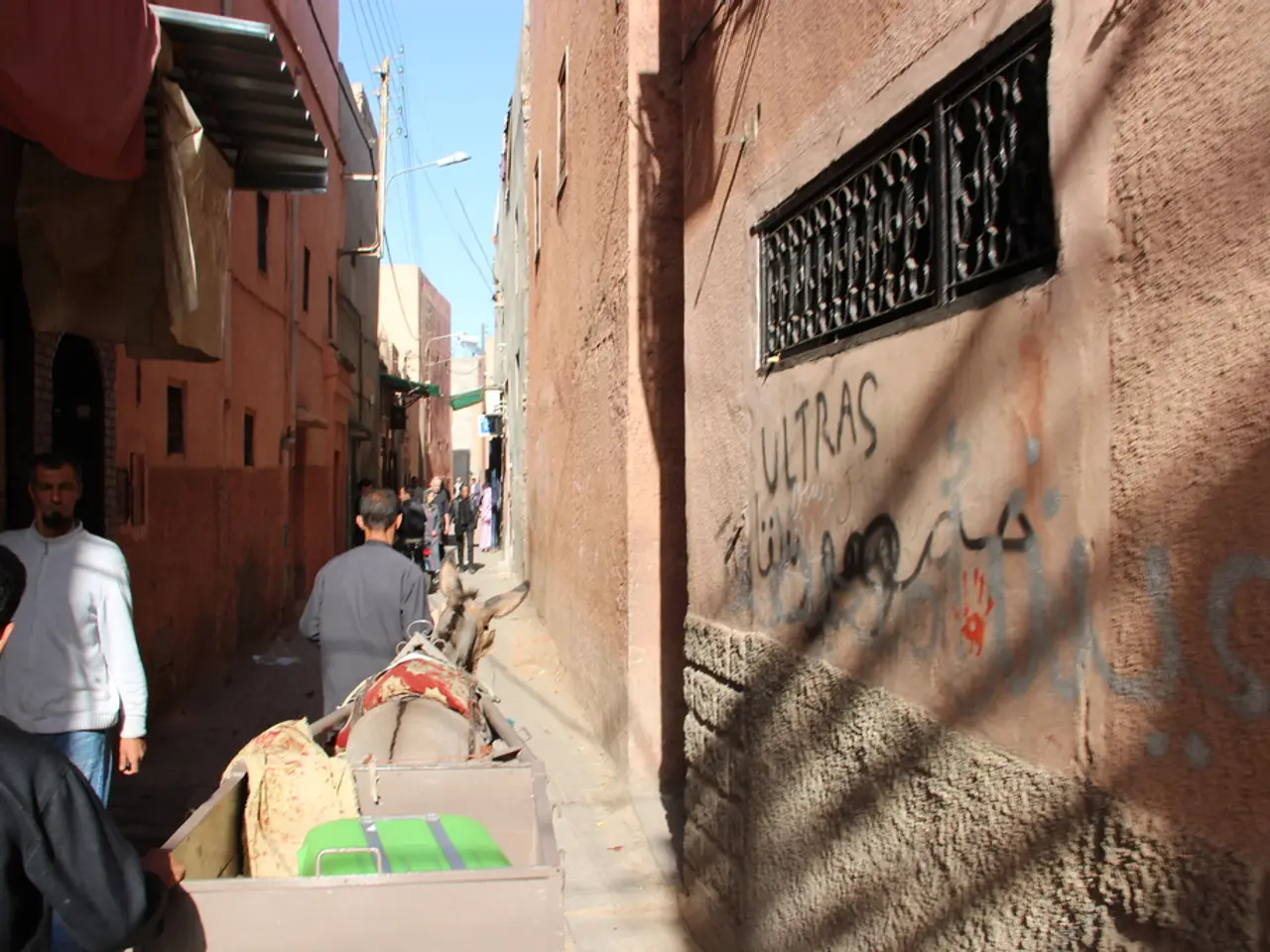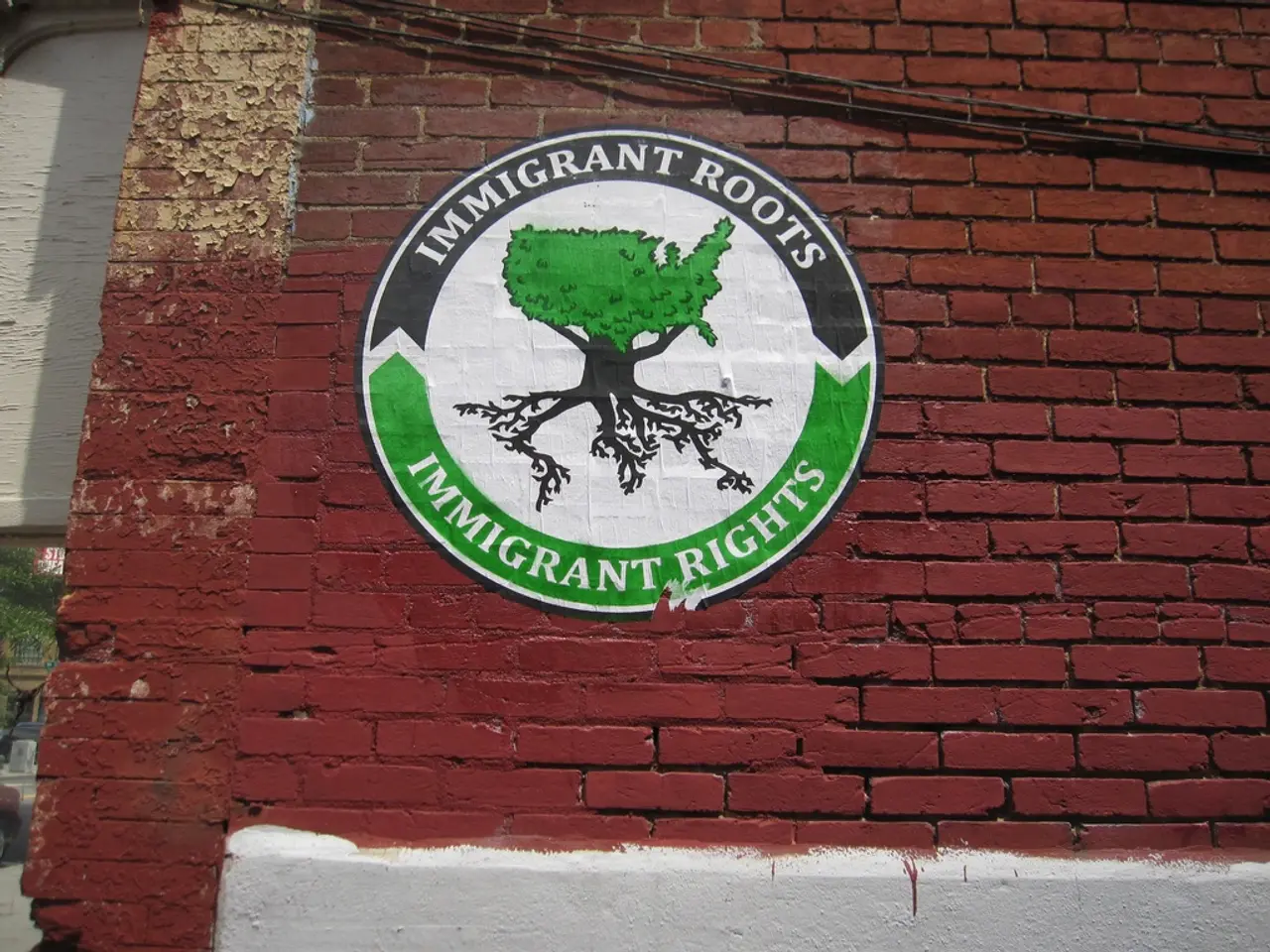Investigation persists to identify the perpetrator behind the graffiti defacement of The New York Times' Midtown office building
The New York Times' Midtown headquarters in Manhattan was the target of a vandalism attack on Wednesday, with unknown individuals using fire extinguishers filled with red paint and spray-painting the phrase "NYT lies, Gaza dies" on the building.
The incident occurred less than a day after The Times issued an editor’s note on July 30, correcting a front-page article titled "Gazans Are Dying of Starvation" published on July 24. The editors' note stated that The Times learned after publication that the child in the article had pre-existing health conditions, which should have been included in the photo caption.
The July 24 article described widespread hunger and rising malnutrition in Gaza following 21 months of war. It included testimony from doctors and families, reports of children dying from starvation, and warnings from the World Food Program that a third of Gaza's population had gone days without food.
The vandals left flyers criticizing the newspaper’s coverage of the humanitarian crisis in Gaza, expressing anger over perceived biased reporting. The flyers accused The New York Times of downplaying both the causes and the scale of the famine in Gaza, and of failing to address its role in reporting early allegations that Israeli authorities used to justify restrictions on food deliveries into Gaza.
Rhoades Ha, The Times' editor, emphasized that while The Times supports the right of individuals and groups to express their views, it will not allow advocacy efforts to "sway us from covering the conflict fully and fairly." Ha also added that The Times does not condone acts of vandalism.
The vandalism drew mixed reactions. Some viewed the attack as intimidation due to the partial article correction, while others accused The Times of spreading falsehoods that enable Hamas propaganda. Israeli officials sharply criticized the newspaper for inadequate correction and alleged bias in its Gaza coverage.
On the other hand, humanitarian organizations have accused Israeli authorities of limiting aid entry, while Israeli officials have said Hamas and operational failures within Gaza have contributed to the crisis. The Times responded by stating that criticism from entrenched perspectives is common given the divisiveness of the Israel-Hamas war, emphasizing their role as an independent news organization.
Aid has entered Gaza through two primary channels: convoys managed by international organizations and fixed sites coordinated by the Gaza Humanitarian Foundation. Both systems have faced logistical, safety, and access challenges.
An investigation into the vandalism attack is ongoing. The entrance of The New York Times' building was marred in the attack, with the phrase "NYT lies, Gaza dies" spray-painted in white on the building's windows. The flyers also criticized a July 26 Times print edition headline, "Israel to Allow Aid Drops Amid Starvation," for not acknowledging the role of Israeli policy in creating the conditions that led to famine.
The flyers stated that more than 100 Palestinians had died of starvation in the past week and over 1,000 people died while waiting for food since May. They also accused The New York Times of failing to address its role in reporting early allegations that Israeli authorities used to justify restrictions on food deliveries into Gaza, which the flyers described as "a genocidal lie used to justify siege and forced starvation."
As the situation in Gaza continues to unfold, The New York Times remains committed to providing accurate and fair coverage of the ongoing humanitarian crisis.
- The vandalism attack on The New York Times' Midtown headquarters, which included graffiti stating "NYT lies, Gaza dies," was a response to the newspaper's coverage of the humanitarian crisis in Gaza, with the flyers criticizing perceived biased reporting and the lack of acknowledgment of the role of Israeli policy in creating the conditions leading to famine.
- In the ongoing investigation into the vandalism attack on The New York Times, flyers left by the vandals accused the newspaper of failing to address its role in reporting early allegations that Israeli authorities used to justify restrictions on food deliveries into Gaza, calling these allegations a "genocidal lie" used to justify a siege and forced starvation.




